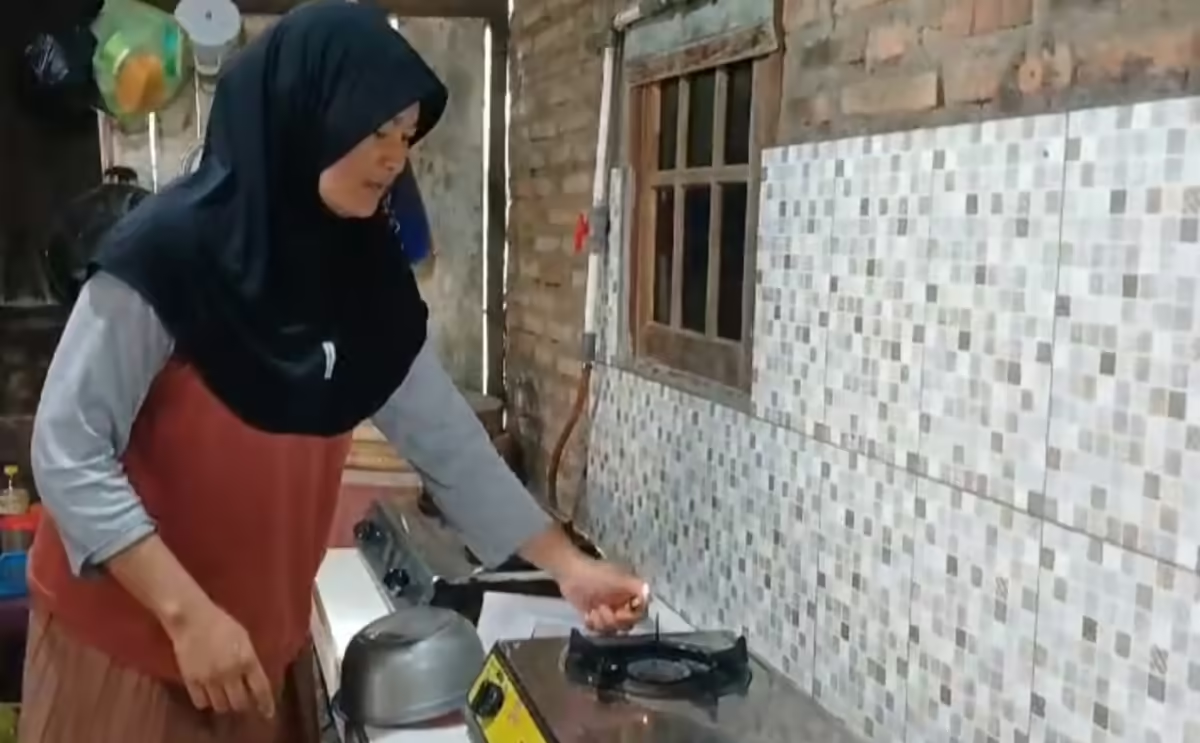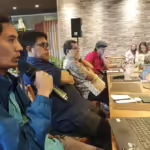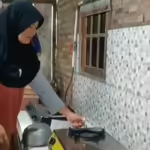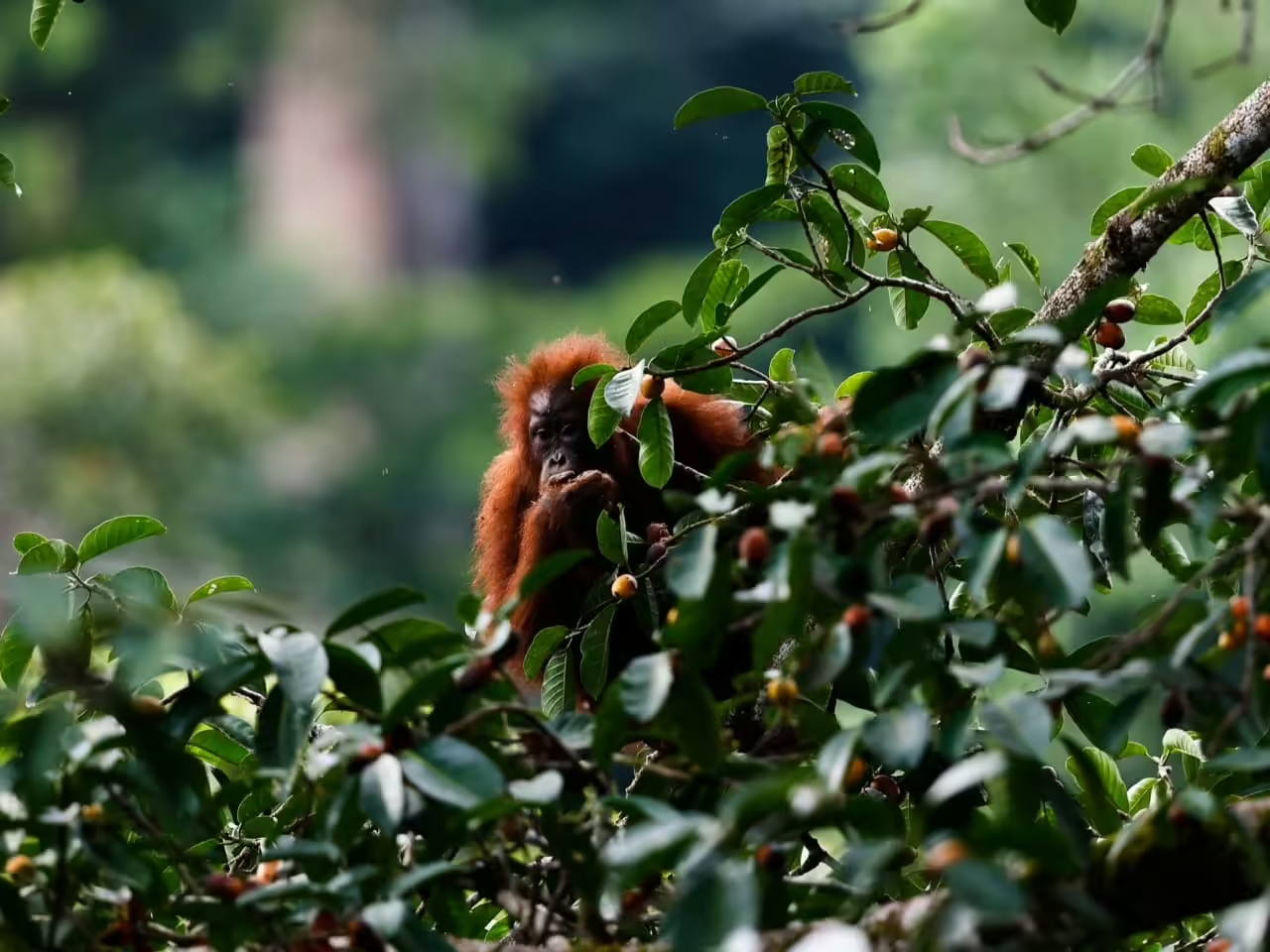Samirono village has proven that innovation and collaboration can bring big changes. They showed the world that waste can be turned into clean energy.
In a beautiful village on the slopes of Mount Merbabu, the residents are no longer dizzy thinking about the price of LPG gas that continues to skyrocket. The secret? They have a “magic trick” to turn cow dung into a source of energy for cooking!
This is the inspiring story of Samirono Village, Getasan District, Semarang Regency. In the past, farm waste became a big problem for residents. Bad smells and the threat of environmental pollution haunt them. However, thanks to the spirit of cooperation and creativity, the people of Samirono managed to find a brilliant solution.
“In the past, cow waste made me dizzy. Now, it’s even a lifesaver,” said Slamet Juriono, Head of Samirono Village, while laughing.
Abundant cow dung is collected and processed in a biogas reactor. Like magic, this waste turns into methane gas that can be used for cooking. Until now, more than 130 families in Samirono have abandoned LPG gas and switched to biogas.
“Cooking becomes more economical and environmentally friendly,” added Mrs. Samiah, one of the residents who felt the benefits.
Not only that, the residue from the biogas production process is not wasted. This residue is processed into organic fertilizer that fertilizes the agricultural land of the residents.
The harvest is abundant, the wallet is getting thicker! The sun on the slopes of Mount Merbabu has just risen. The cold weather is not an obstacle for Komari, a resident of Samirono who is adept at collecting cow dung in his barn. With a shovel, he moved the accumulated dirt to the storage tank.
The activity became a routine for Komari and other residents in the milk producing village in Semarang Regency. Not only in the morning, cow dung collection is also done every evening.
The abundant cow dung in the village was developed into biogas, with the help of a reactor or digester grant (biogas maker). “From each cow, the excrement collected is about 30-40 kg. We put the cow dung mixed with urine in the holding tank and mix it with water, after that, the gas is separated from the dung residue by the digester, then the residue is channeled to the disposal tank,” he explained. “Then it becomes material to move the digester.”
The biogas digester functions to contain methane gas produced by fermentation of cow dung. Cow organic waste is then converted by a consortium of anaerobic microorganisms into biogas. Biogas is then piped to homes for cooking and lighting purposes.
To move a digester with a capacity of 6 cubic meters, it is enough from the excrement produced by 2 cows or equivalent to 50-70 kg, which is filled every 2 days. Since having a biogas digester, he said that he no longer needs 3 kg of LPG for cooking purposes. However, before there was biogas, in a month, he needed an average of 4 cylinders of LPG gas.
The presence of biogas is very helpful to him and the people in his village. In addition to no longer using firewood, they can also save on the use of LPG. “Since there was biogas, people who used to buy an average of four gallons of melon a month, now only buy one or two gallons. Or even there are people who don’t need to buy LPG at all, because their needs are met from biogas,” he added.
Samiah, a housewife in Samirono Village confirmed this. According to him, biogas from his cow dung has replaced 3 kg of LPG gas for cooking purposes in the kitchen. ”Since there is communal biogas, I no longer depend on LPG. Just use biogas, the kitchen is done. Biogas is also safe, compared to LPG,” she said.
With this recognition, at least the people of Samirono Village can save money on their daily shopping. Currently, the market price of three kilograms of melon is around IDR 22 thousand. If the average citizen buys four LPG cylinders, it will cost Rp. 88 thousand per month.
It’s not just about kitchen matters, residents can also save on electricity from PLN. Because from the evening until the night for 5-7 hours, residents use biogas for lighting in their respective homes. In fact, if the electricity suddenly goes out, residents can activate the biogas to turn on the petromax with biogas fuel.
“If the electricity goes out, we immediately turn on this petromax. So they can still be active at night,” added Samiah.
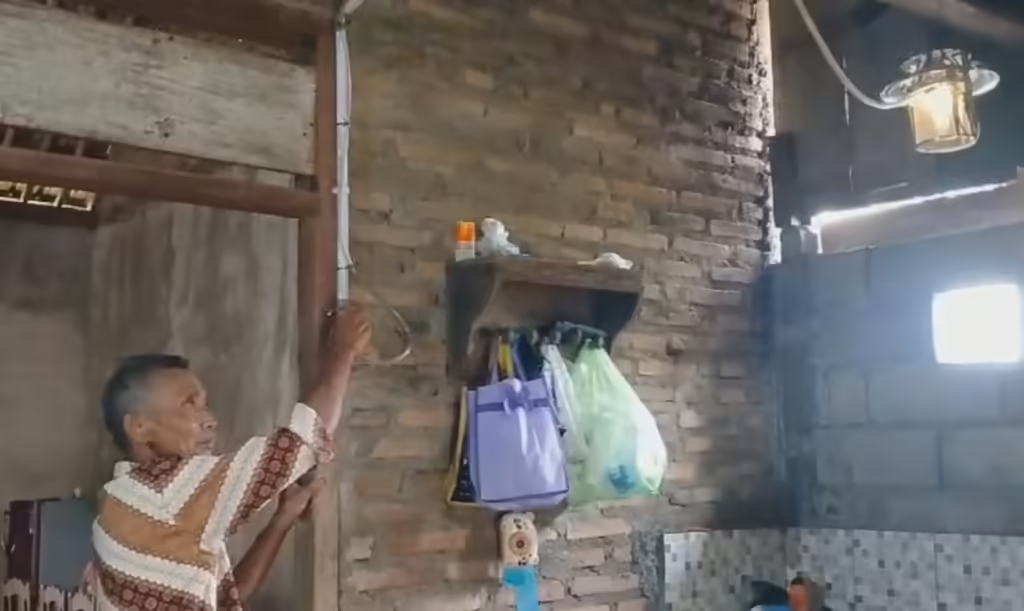
In addition to being economical, the use of biogas that can overcome the problem of livestock waste is also harmless. If a pipe or hose leaks, do not start a fire. ”If you smell cow dung, that’s a sign that something is leaking,” he concluded.
For the villagers who are mostly farmers and breeders, household expenses that can be saved thanks to the biogas, is an extraordinary gift that is very grateful. Samirono village has 800 families with a population of 2,527 people. The geographical condition of Samirono, which is located on the slopes of Mount Merbabu, which is fertile and has cool air, is an ideal environment for the cultivation of dairy cows. No wonder, in this village located at an altitude of 1,086 meters above sea level, there are 1,417 cows.
If 800 families on average buy 4 LPG, then in a month they need 3,200 LPG tubes, which consumes a total of Rp70,400,000. The savings are huge for the size of a village. “From this communal biogas, almost all the residents of our village have left the melon LPG, because all the cooking needs in the kitchen can be met by the biogas owned by every house,” said Samirono Village Secretary, Didik Mustofa.
According to him, the first biogas reactor was built in his village in 1992 in the house of a resident named Suyut. In 2002, communal biogas was developed by building 9 biogas digester units. In 2010-2012, 4 more aid units from the private sector were added.
“In 2013, we managed to win the Mandiri Energi Village Competition at the Central Java Province level,” said Didik.
In 2016, Samirono Village was nominated for the National Energy Award organized by the Ministry of Energy and Mineral Resources (ESDM). In 2017, received an additional 2 digester units from the Department of Energy and Mineral Resources of Java Province.
A year later, received another 2 units from the Ministry of Energy and Mineral Resources. In 2018, there were a total of 41 units used by 152 families. In 2019, 5 more biogas digester units were built in Pongangan and Kendal villages.
Over time, many of the first generation digesters were damaged, until now, there are 49 units left, with a total volume of 722 cubic meters and a production capacity of 290 cubic meters per day, which is used by 115 families. In addition to grant assistance from the private sector and the local government, the party also allocates village funds for the manufacture of digesters on their own.
The news about this cool innovation reached various circles. Support from various parties flows to develop biogas in Samirono. Now, this village has become a “Energy Tourism Village”. Tourists come to learn about biogas and experience first-hand the beautiful village life.
“We invite tourists to ‘live in’ in the village, experience the benefits of biogas and learn about organic agriculture,” concluded Didik.
Samirono village has proven that innovation and collaboration can bring big changes. They show the world that waste can be transformed into clean energy that is beneficial to society and the environment.
- How is the development of the equitable energy transition program in Indonesia?
 JETP funds will target equitable energy transition projects in a number of developing countries, one of which is Indonesia.
JETP funds will target equitable energy transition projects in a number of developing countries, one of which is Indonesia. - Samirono village energy transformation, from waste to clean energy
 Samirono village has proven that innovation and collaboration can bring big changes. They showed the world that waste can be turned into clean energy.
Samirono village has proven that innovation and collaboration can bring big changes. They showed the world that waste can be turned into clean energy. - Alternative energy from Sumedang tofu waste, between innovation and sustainability
 Sumedang tofu is not only savory and delicious, but there is a waste problem that pollutes the environment. In Giriharja Village, tofu waste is processed into alternative energy.
Sumedang tofu is not only savory and delicious, but there is a waste problem that pollutes the environment. In Giriharja Village, tofu waste is processed into alternative energy. - Indonesia’s Green Energy Transition: JETP Secures $1 Billion for Electrification Projects
 Indonesia’s JETP Progress: $21.6 Billion Green Energy Investment Plan Targets Renewable Power and Job Creation
Indonesia’s JETP Progress: $21.6 Billion Green Energy Investment Plan Targets Renewable Power and Job Creation - Elite-centric coverage of energy transition: A critical analysis of climate crisis reporting
 Media prioritizes coverage of energy project achievements or company commitments to energy transition from the sources’ perspective
Media prioritizes coverage of energy project achievements or company commitments to energy transition from the sources’ perspective - JETP and the reluctance of developed countries to pay “climate debt”
 The majority of public financing in the JETP project is loans, not grants. Developed countries are seen as reluctant to pay climate debt.
The majority of public financing in the JETP project is loans, not grants. Developed countries are seen as reluctant to pay climate debt.
